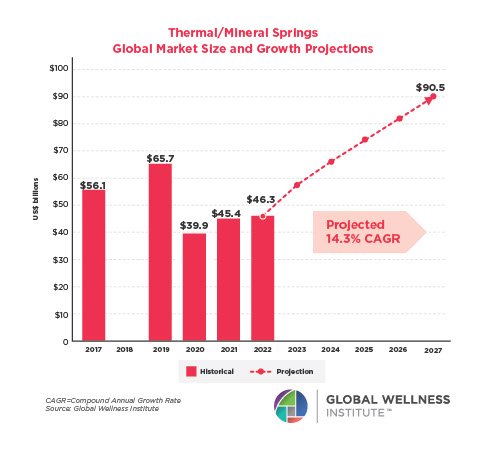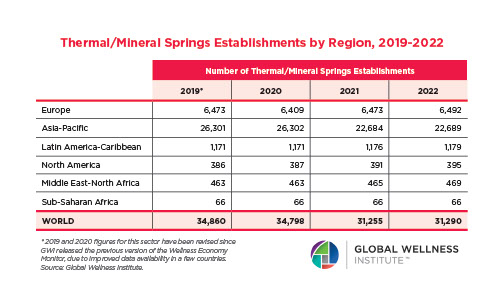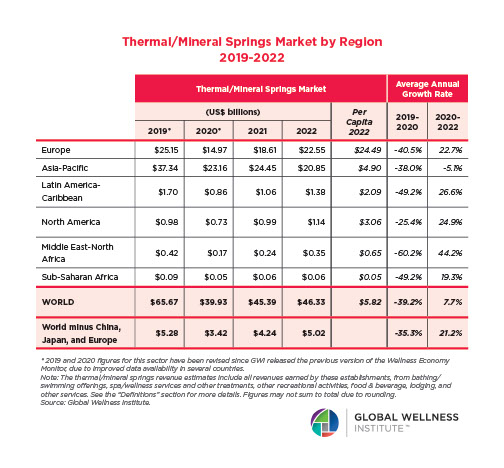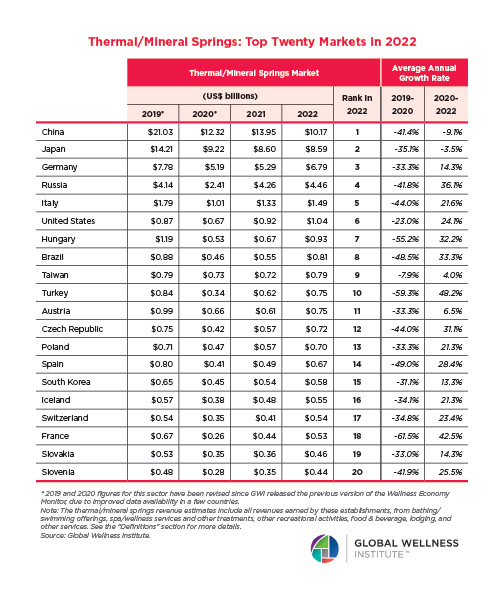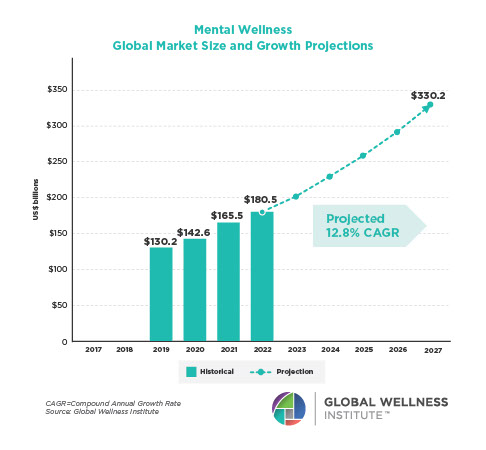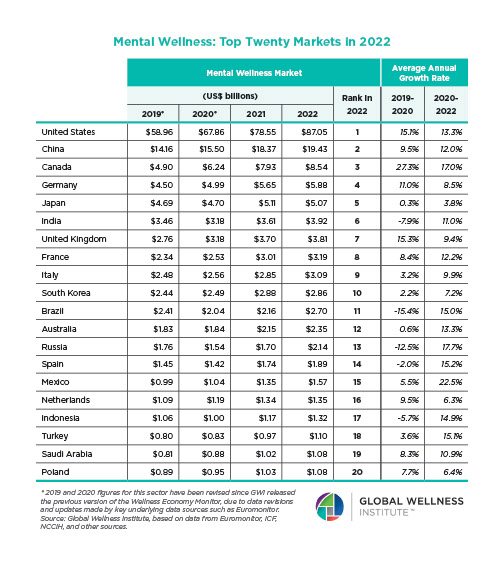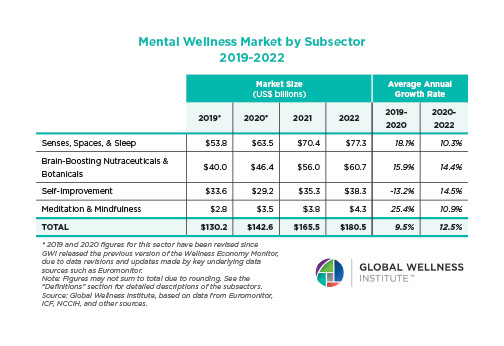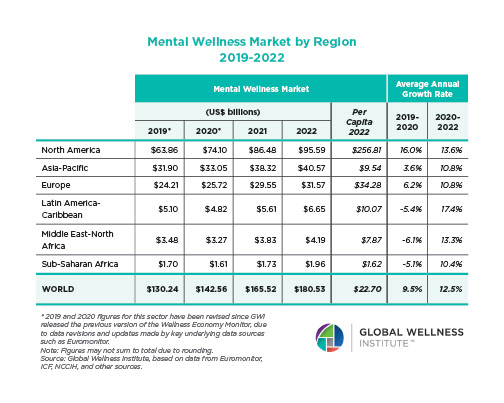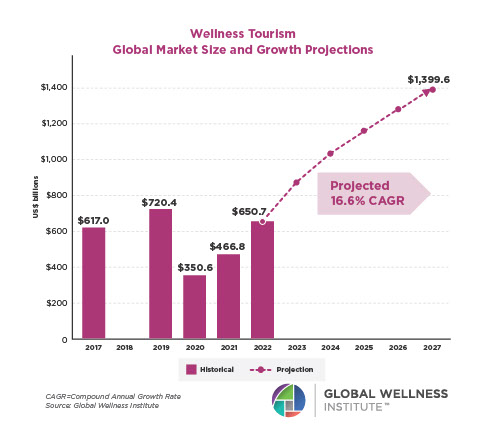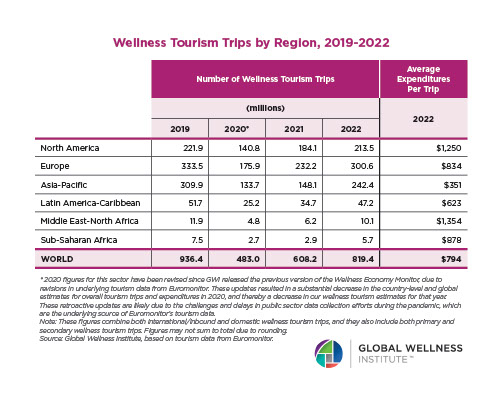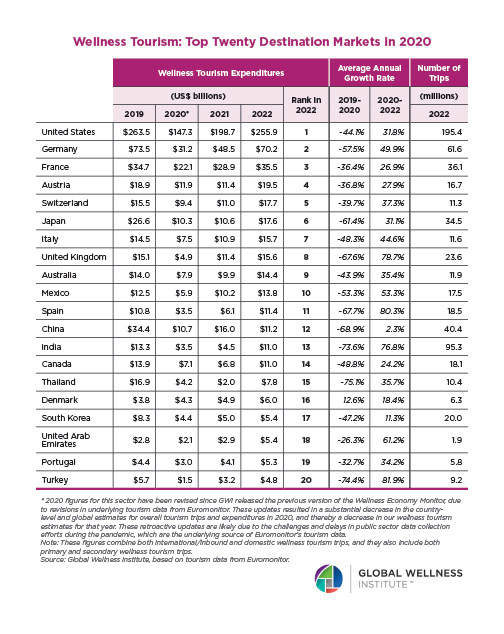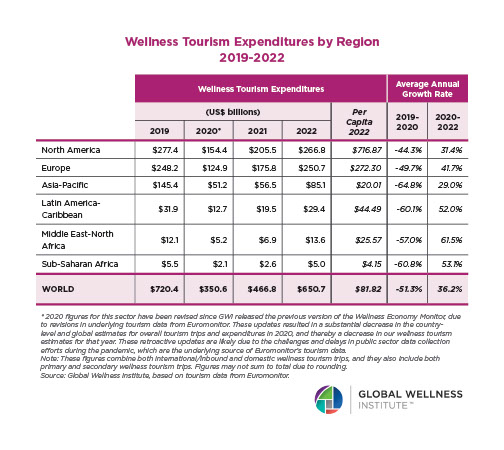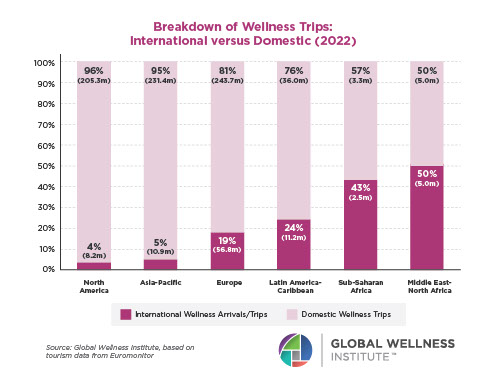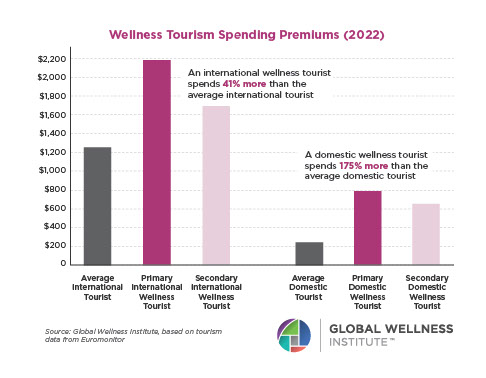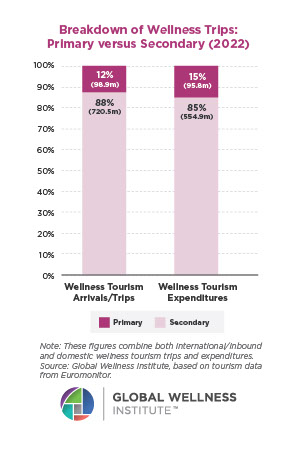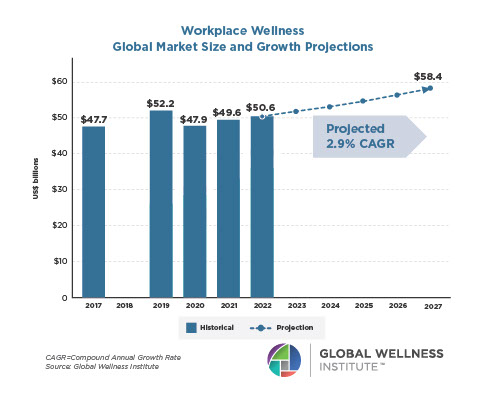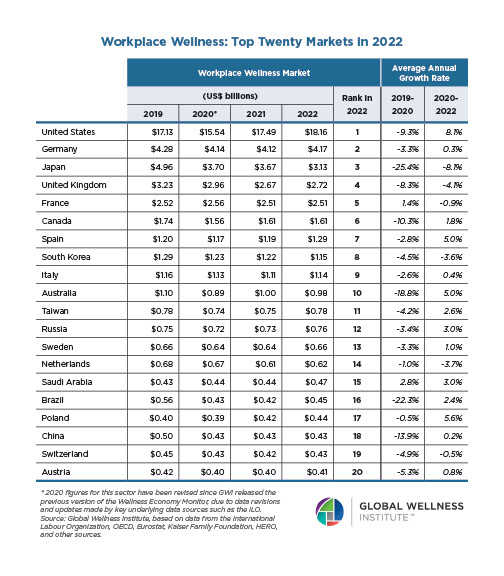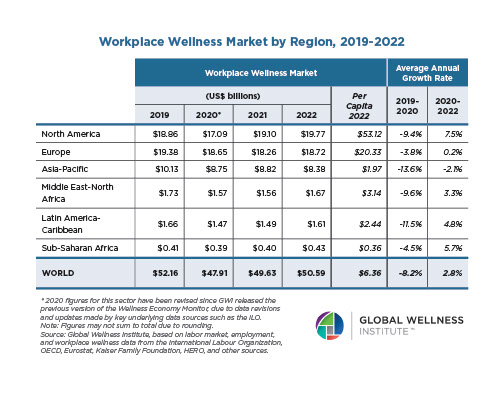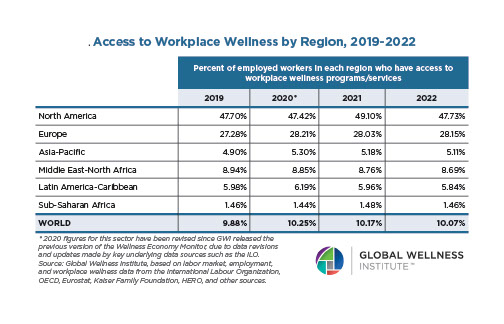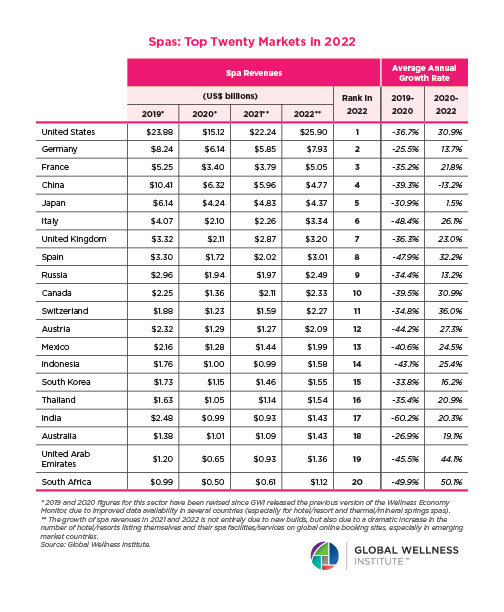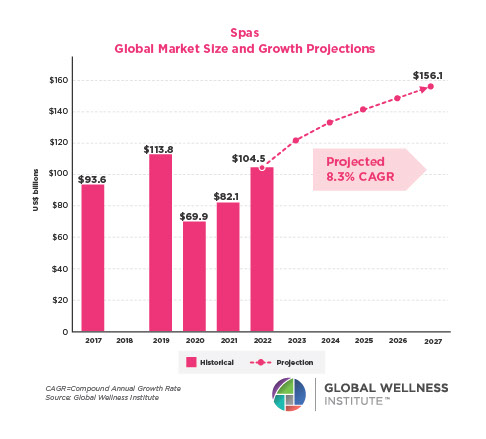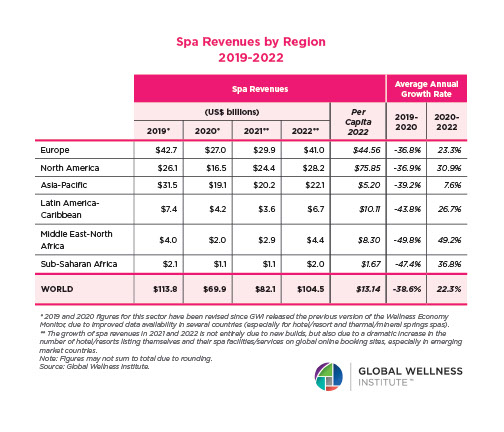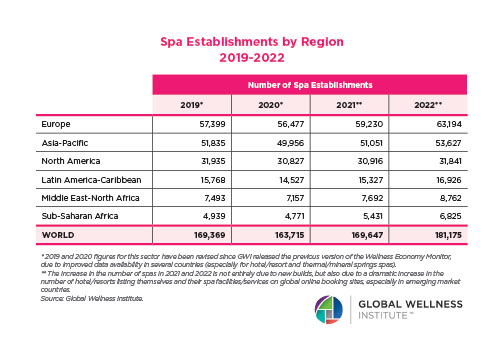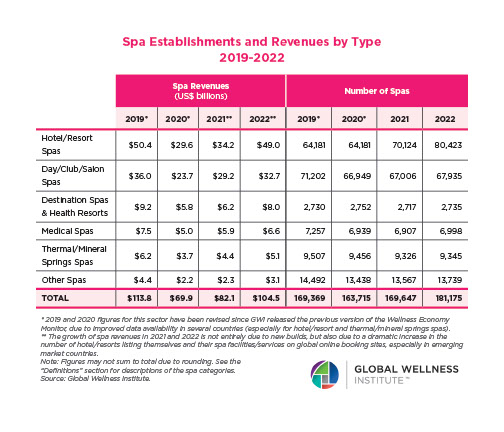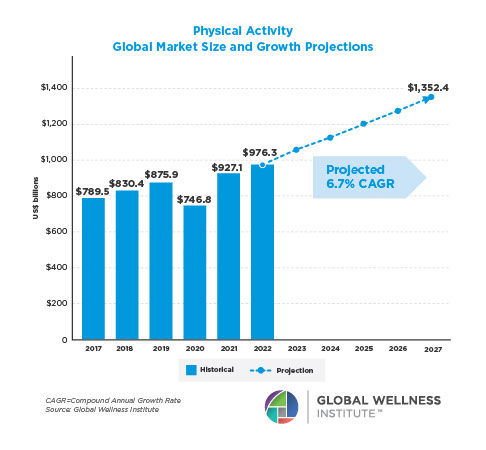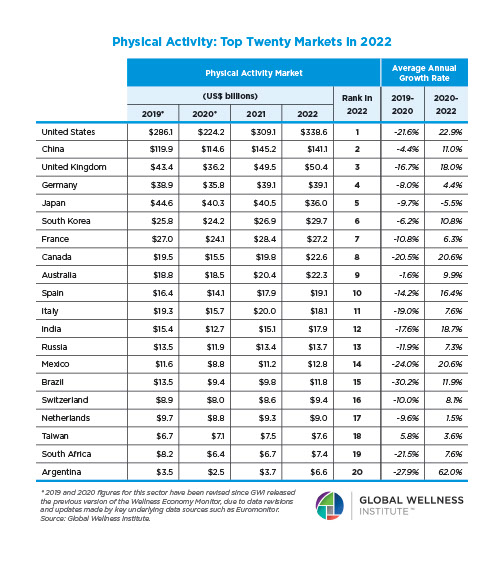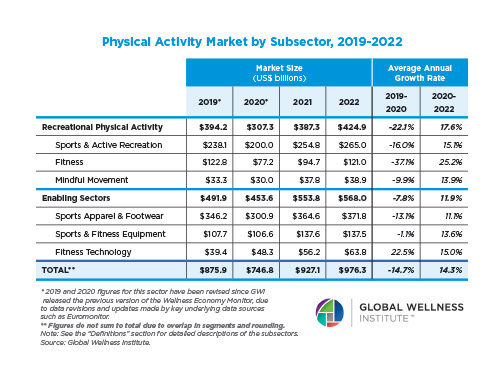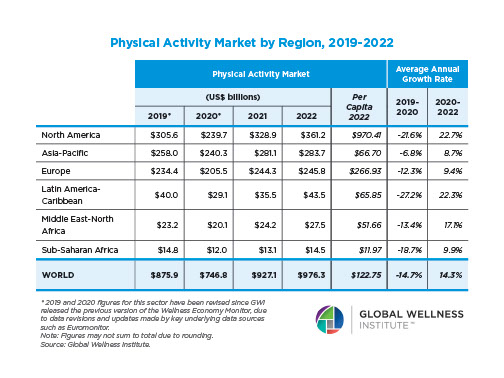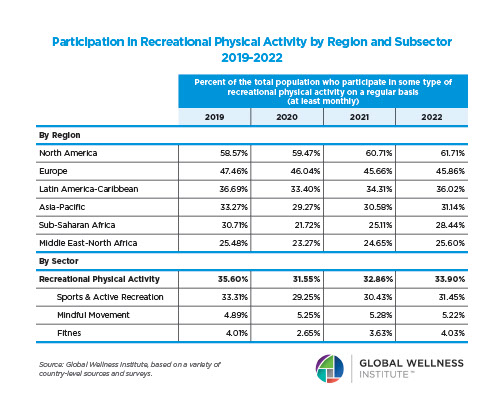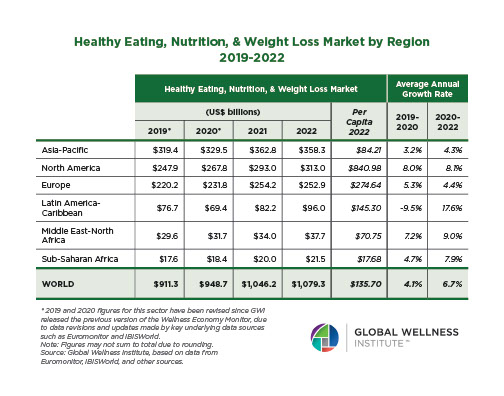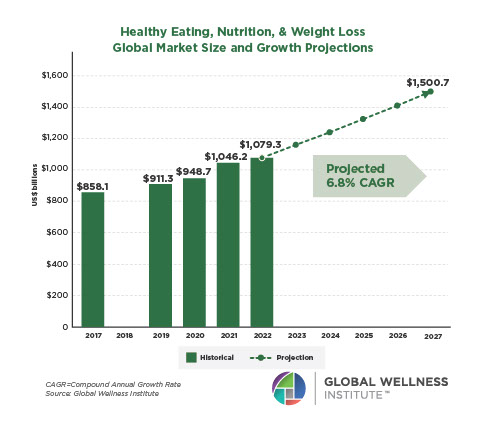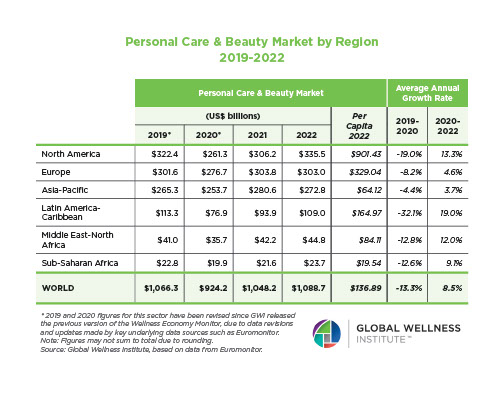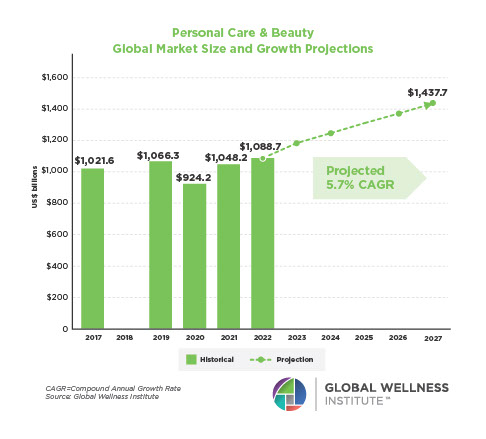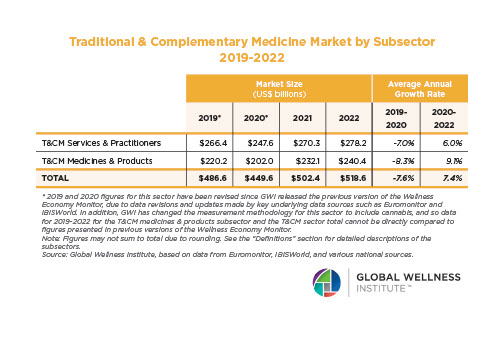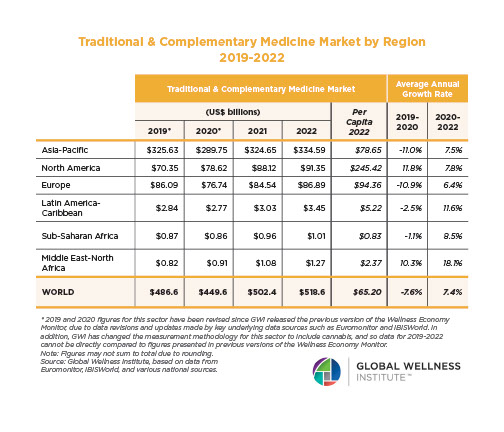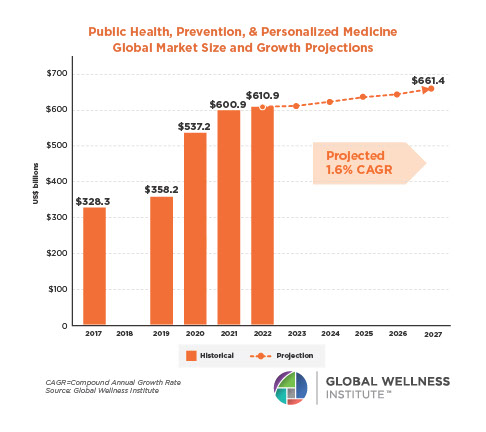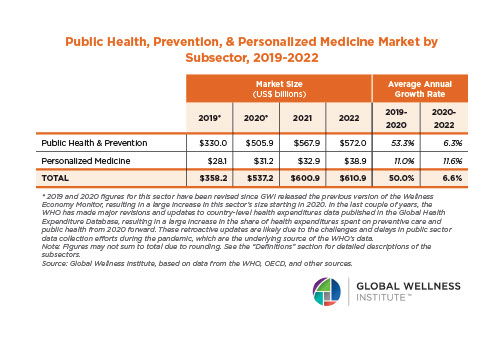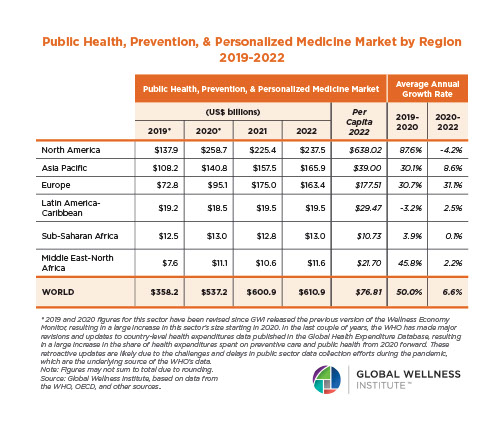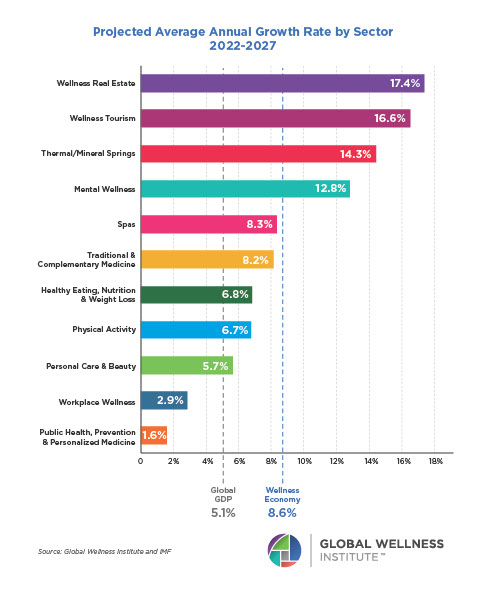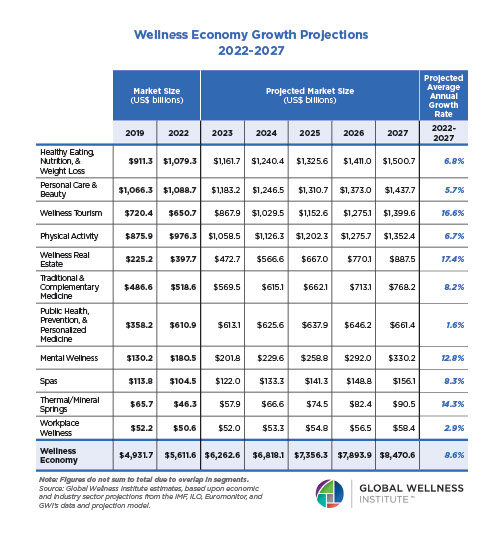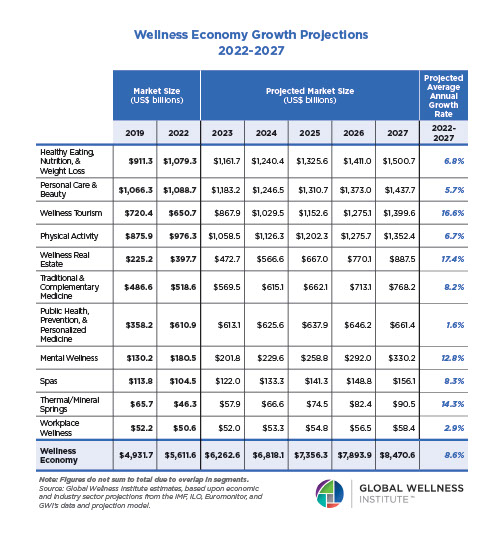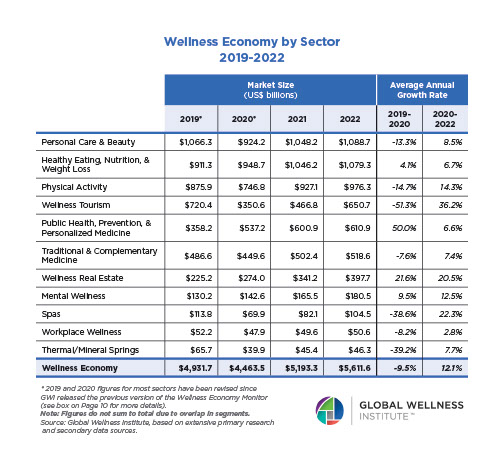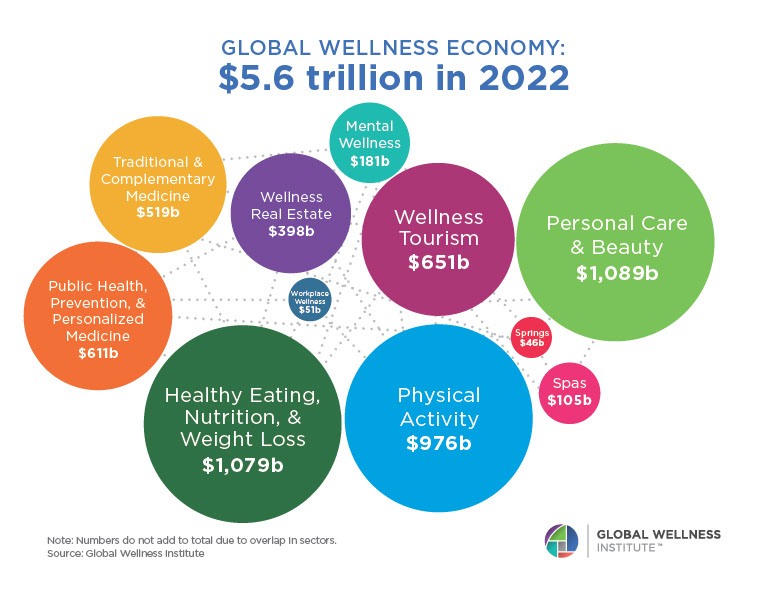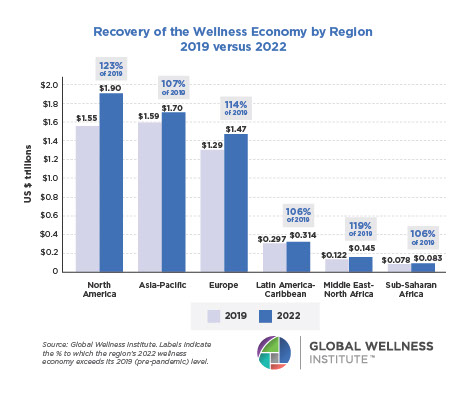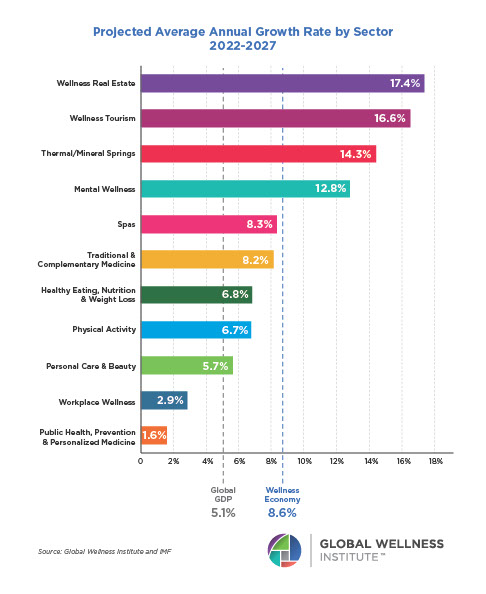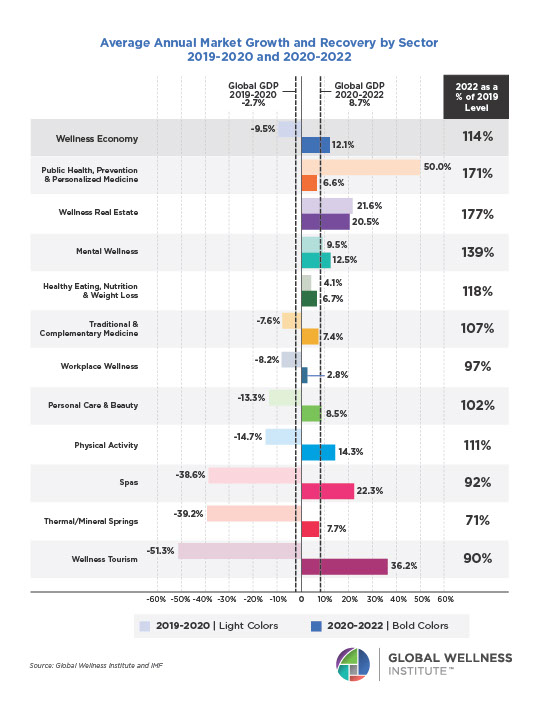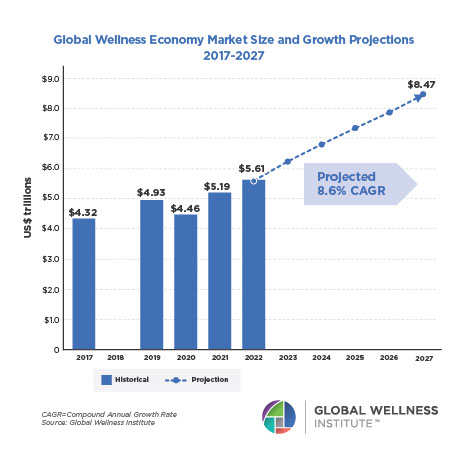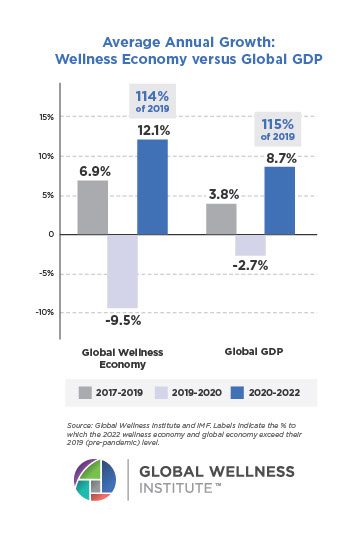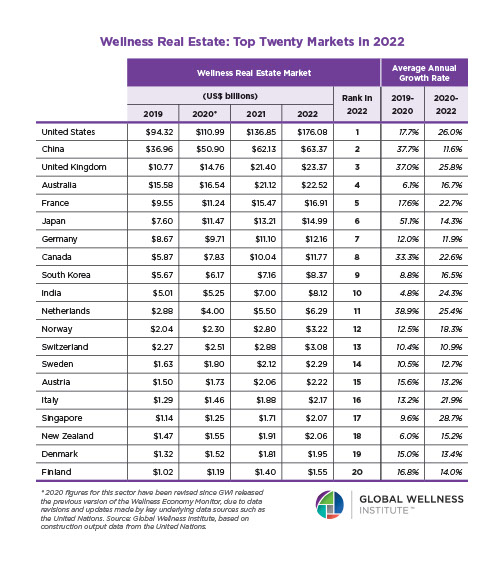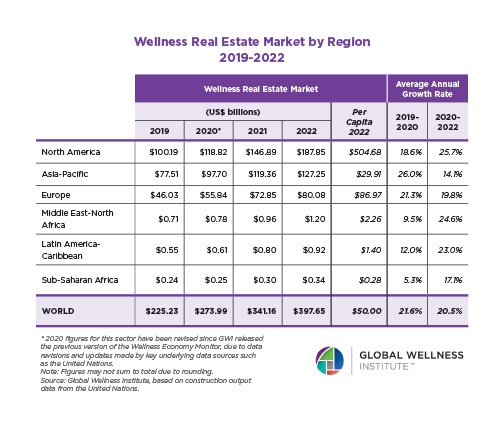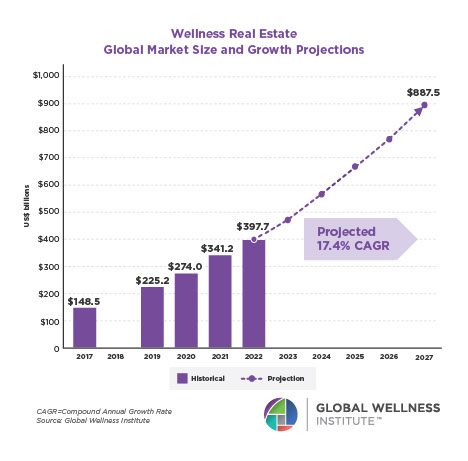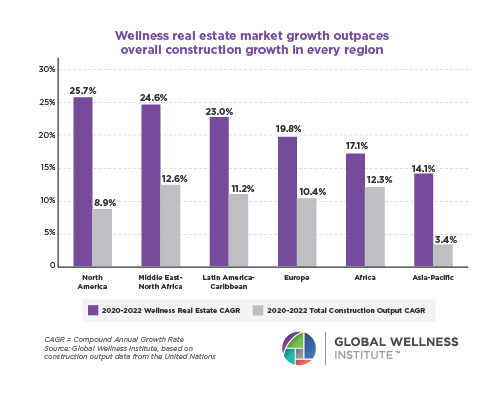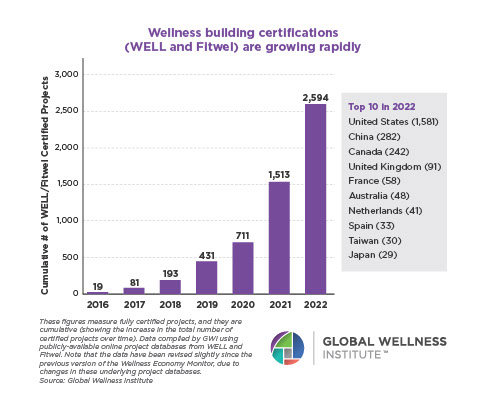Workplace Wellness: Any workplace health promotion activity or organizational policy designed to support healthy behavior among employees and to improve health outcomes. Known as ‘corporate wellbeing’ outside the US, it can consist of diverse activities such as on-site health education/fairs; free medical screenings; health coaching; weight loss, stress management and smoking cessation programs; wellness communiques, on-site fitness programs and facilities; health club memberships, on-site kitchens and healthy food options, company wellness competitions; mobile and Web-based education and social platforms; and financial and other incentives for participation. Workplace wellness has been expanded over the past decade to encompass the creation of a “culture of health” within the worksite.
Research Spotlight
The databases often return hundreds of medical studies for a single wellness approach. This section summarizes a sampling of five studies – providing just a taste of the available research. These Spotlights were not selected because they are the most favorable or the most recent, but to provide you an introduction to the more extensive research you’ll uncover searching the four databases found in the “Research” section of this site.
- Women Working Long Hours Have Increased Risk for Diabetes
Women who work long hours appear to be at increased risk for diabetes. In a 2018 study by the Institute for Work & Health (Toronto) analyzing 7,065 workers over 12 years, they found that compared to women who worked 35-40 hours a week, those who worked 45 hours or more had a 51 percent increased risk of diabetes. But there was no effect of working hours on diabetes for men. The lead author noted that women probably work significantly more hours than men than officially reported, if household and family responsibilities are taken into account. Access this study on workplace wellness - Long Workdays Bad for the Heart
A study (2017) from European researchers, tracking more than 85,000 men and women from Britain, Denmark, Sweden and Finland over ten years, suggested that people that put in long work hours increase their risk for atrial fibrillation, that can lead to serious cardiovascular problems. Compared with people who worked 35-40 hours a week, those working more than 55 hours had a 40 percent increased risk of atrial fibrillation. Access this study on workplace wellness - The More Hours Worked, the Greater the Risk of Cardiovascular Disease
Previous studies have indicated a link between long work hours and heightened risk of cardiovascular disease. This retrospective analysis, tracking 1,900+ American workers from 1986 to 2011, found that it’s a dose-response situation: the more hours worked, the higher the risk of cardiovascular disease – finding that for every extra hour of work put in weekly (over a decade), a person’s risk goes up 1%. Those that worked 55/hours a week, saw risk jump 16% – those who worked 65 hours, saw risk rise 52% – and people who worked 75 hours/week doubled their likelihood for heart disease, stroke, heart attack, etc.
Access this study on workplace wellness - Some Workplace Wellness Programs Return Demonstrable Per-Employee Savings
A meta-analysis of the literature on workplace wellness programs’ costs/savings (conducted Harvard University economics professors) found that medical costs fall about $3.27 – and absentee day costs fall $2.73 – for every dollar spent on wellness programs.
Access this Workplace Wellness study - Mayo Review: Well-crafted Worksite Wellness Programs Impact CVD
A Mayo Clinic review (2013) of the body of evidence on worksite wellness programs – summarizing average ROI and the role of health (e.g. screenings, exercise, smoking cessation, stress and weight management) argues that a well-designed worksite wellness program can reduce the incidence of cardiovascular diseases.
Access this Workplace Wellness study - Randomized Clinical Trial Reveals Risk and Claims Costs Halved
A randomized clinical trial (300+employees) found that a 6-months of nutritional and smoking cessation counseling, promotion of physical activity, selected physician referral and other health counseling led to significant improvements in employee depression, anxiety, body fat, cholesterol levels, blood pressure and total health risk. Of employees categorized as high risk at baseline, 57% were converted to low-risk – and average annual claim costs decreased 48% for the year after.
Access this Workplace Wellness study - Rand Meta-Study Finds Shortcomings in Wellness Programs
A Rand Corporation meta-analysis (2013) of U.S. employee wellness program studies found that at least half of programs reported improvements in physical activity, diet, BMI, mental health, tobacco and alcohol usage – but only 2 of 23 studies actually found positive health outcomes or decreased costs. Key findings: the validity of these studies is reduced by the the lack of rigorous evaluation design and the need for research on the impact of incentives.
Access this Workplace Wellness study - Cash Incentives for Smoking Cessation Largely Ineffective
A Cochrane review (2011, 19 studies, 4,500+ smokers) found that paying smokers variable amounts of cash depending on their success in quitting was no more effective than paying them fixed amounts for attending the cessation program. Smokers may quit while they receive extrinsic rewards, but generally do no better than unassisted quitters once incentives/competitions cease.
Access this Workplace Wellness study

